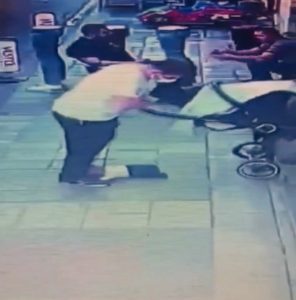Graffiti drawn by a knight from the Middle Ages has been discovered more than 500 years later in King David’s Tomb in Jerusalem.
A charcoal scrawling shows the name of the nobleman – Sir Adrian von Bubenberg – and his family crest.
It was found on the wall of King David’s Tomb on Mount Zion, the Israel Antiquities Authority (IAA) said on 20th October.
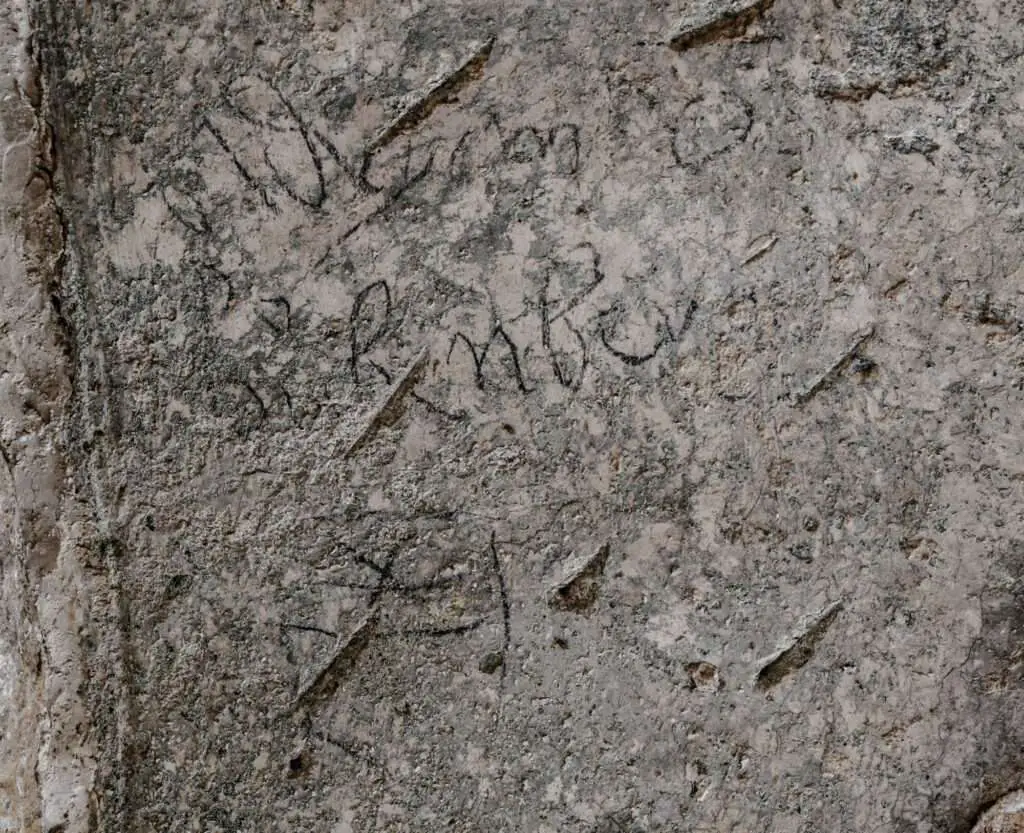
The Swiss nobleman is believed to have travelled to Jerusalem on a pilgrimage in 1466.
The scribbling was discovered during a research project by the IAA that seeks to document pilgrims’ inscriptions.
The IAA admitted it could not be sure the graffiti was left by Von Bubenberg himself, as his son – also named Adrian von Bubenberg – visited Jerusalem too.
The project has already uncovered more than 40 inscriptions in several languages by Christian and Muslim pilgrims alike.
Von Bubenberg (1424-1479) is considered a national hero in his home country Switzerland for his role in military conquests such as the Battle of Morat.
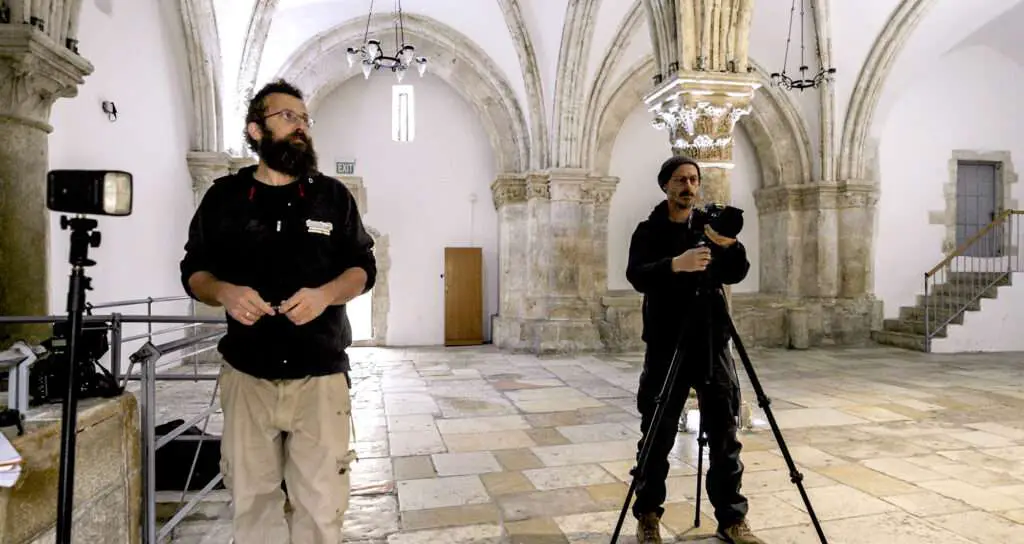
The battle was part of the Burgundian Wars, which were fought against the Burgundian State in what is now Lorraine, France and north-western Switzerland.
He is buried in the Bern Minster in the Swiss capital.
In a statement obtained by Newsflash, the IAA said: “Written sources record that Adrian von Bubenberg came on pilgrimage to the Holy Land in 1466.
“More than five centuries later, in the course of a research project documenting pilgrims’ inscriptions, Michael Chernin and Shai Halevi of the Israel Antiquities Authority discovered a graffiti of his name and family emblem on a wall in the ‘King David Tomb Complex’ on Mount Zion, Jerusalem.
“The research results were presented yesterday in the joint conference of the Israel Antiquities Authority, the Hebrew University and Tel Aviv University, on ‘New Archaeological Studies in Jerusalem and the Vicinity’.
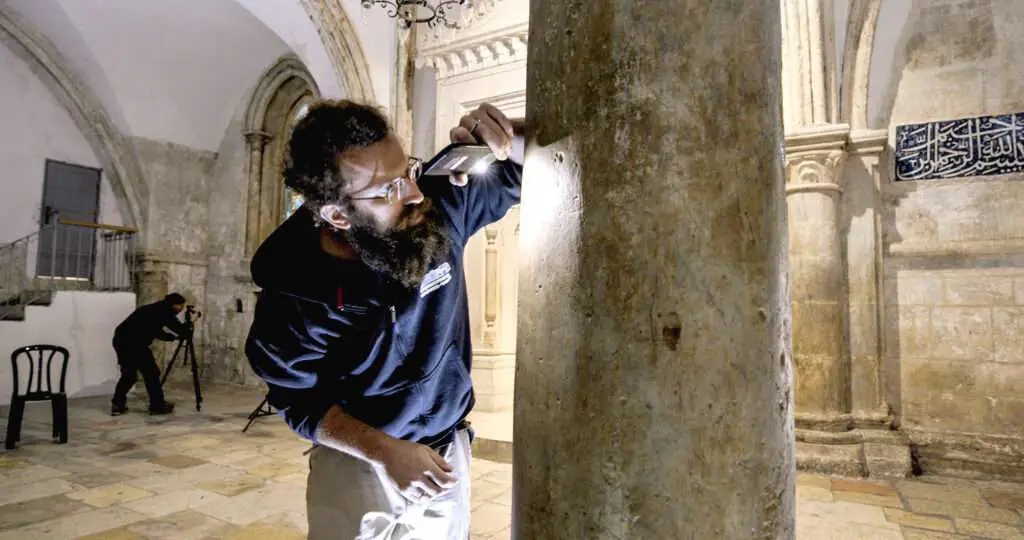
“The Israel Antiquities Authority archaeologists carrying out the archaeological survey on Mount Zion, were not expecting to discover a graffiti inscription of Knight Adrian von Bubenberg, one of the admired heroes of Switzerland.
“The Israel Antiquities Authority Jerusalem Region have recently been carrying out a unique project in the ‘King David Tomb Complex’ on Mount Zion, focusing on documenting graffiti and ancient inscriptions left on the walls by Christian and Moslem pilgrims.
“They have revealed more than 40 inscriptions in different languages, as well as the family emblems of medieval knights.
“The decipherment of the hidden graffiti was made possible by advanced technological methods developed by the Israel Antiquities Authority for the research of the Judean Desert scrolls.
“These technologies, using multispectral photography, different wave-lengths invisible to the human eye, bring to light inscriptions that have faded and have been erased over the years.”
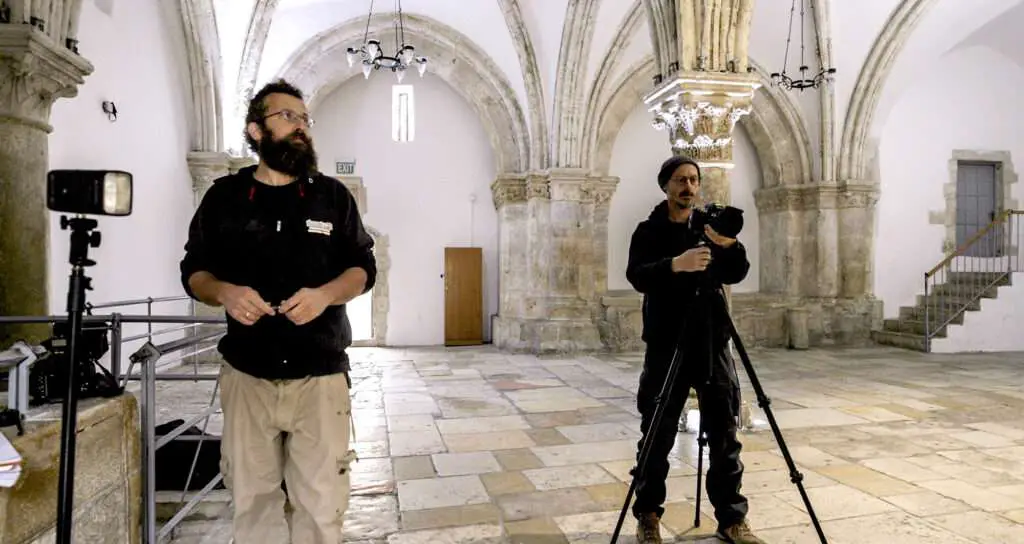
Michael Chernin and Shai Halevi of the Israel Antiquities Authority, who lead the project, said: “In the Mamluk period, between 1332-1551, the building complex adjacent to the traditional Tomb of King David, was owned by the Monks of the Franciscan Catholic Order.
“The building served as a monastery and a hostel for the western pilgrims, who left their mark on the walls. Technological methods developed today enable reading the faded inscriptions.”
The statement continued: “Amongst the inscriptions and graffiti, the researchers were very surprised to discover a charcoal inscription with the name and the heraldic emblem of the family of Adrian von Bubenberg, a Swiss military man and politician from the 15th century, admired to this day as a Swiss National hero.
“Von Bubenberg was born to a noble family in 1424, and after a long service as Mayor of Bern, he gained his fame in 1476, when he led the Swiss Confederate army in the Battle of Murten, and defeated the army of Charles the Bold, Duke of Burgundy, who threatened the independence of Switzerland.
“Following this glorious victory over one of the strongest armies in Europe, the Swiss soldiers gained prestige as fierce fighters, who did not fear more powerful enemies.
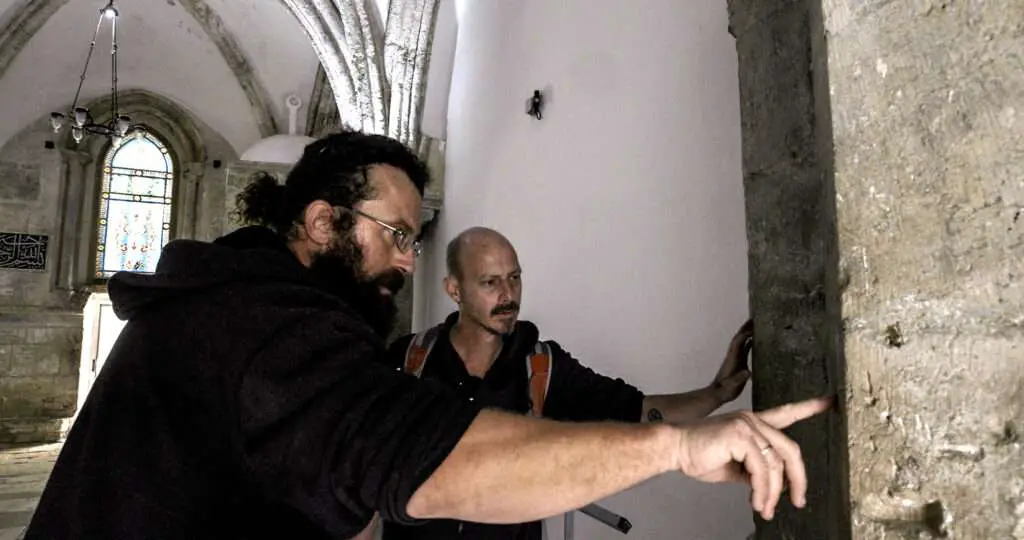
“This reputation enabled Switzerland to maintain their independence amongst larger and aggressive neighboring states until modern times.
“After his death in 1479, and in gratitude for his protection of Bern and Switzerland, von Bubenberg was buried in a place of honor in the Cathedral of Bern.
“A statue of Adrian von Bubenberg adorns one of the central squares of Bern, and many streets in Swiss cities are named after him.
“Since his son, Adrian (II) von Bubenberg (1458-1501) also visited Jerusalem, it is not possible to determine whether father or son wrote his name, but the discovery of the Israel Antiquities Authority researchers, provides direct evidence for the connection between medieval Switzerland and Jerusalem.”
Eli Escusido, Director of the Israel Antiquities Authority, said: “The research carried out in Jerusalem embraces religions and cultures world-wide.
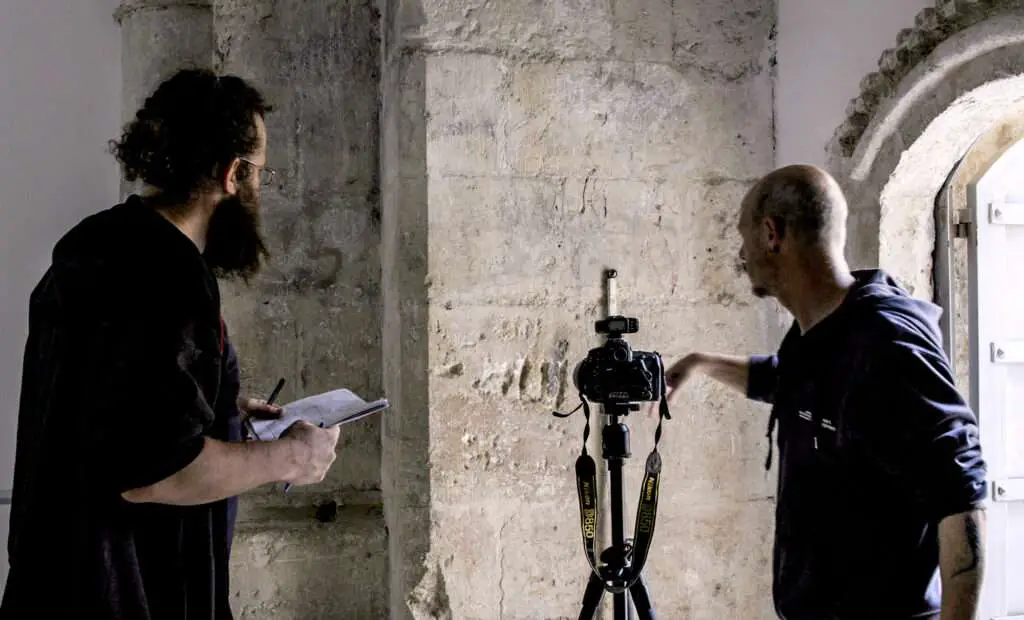
“Believers, pilgrims and visitors seeking to make contact with sanctified Jerusalem, left traces that the Israel Antiquities Authority researchers reveal and record on a daily basis.
“All these remains contribute to the fascinating picture, a taste of which we present in today’s conference.”



